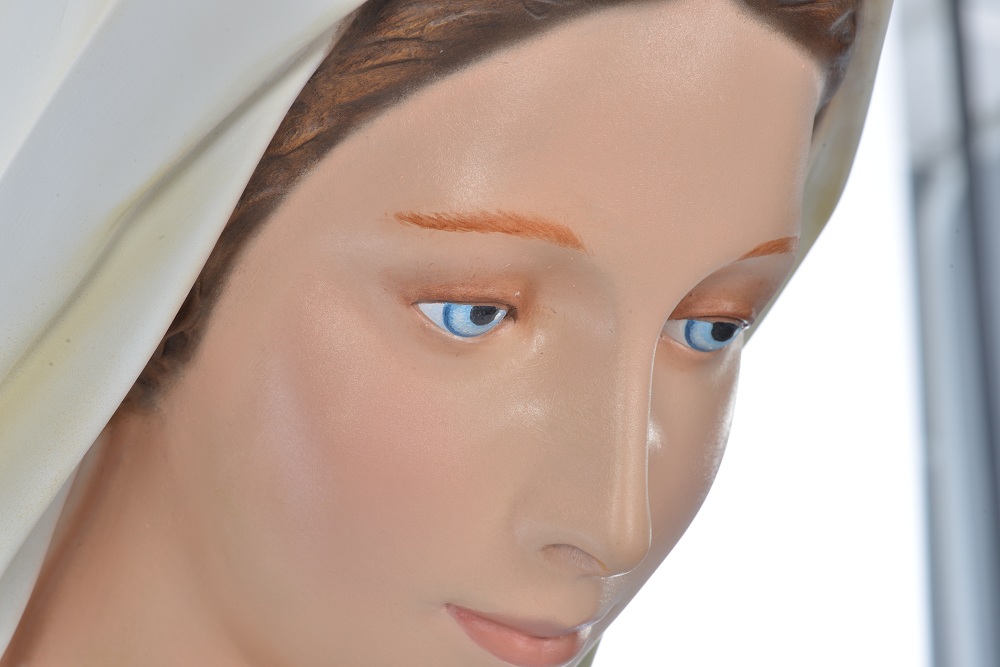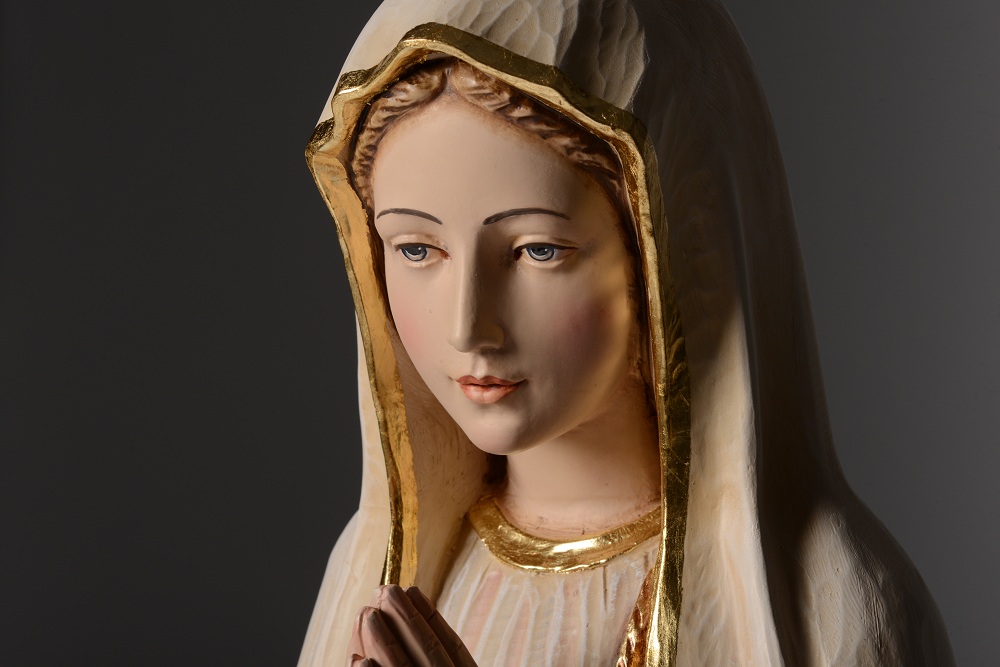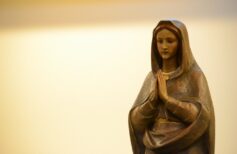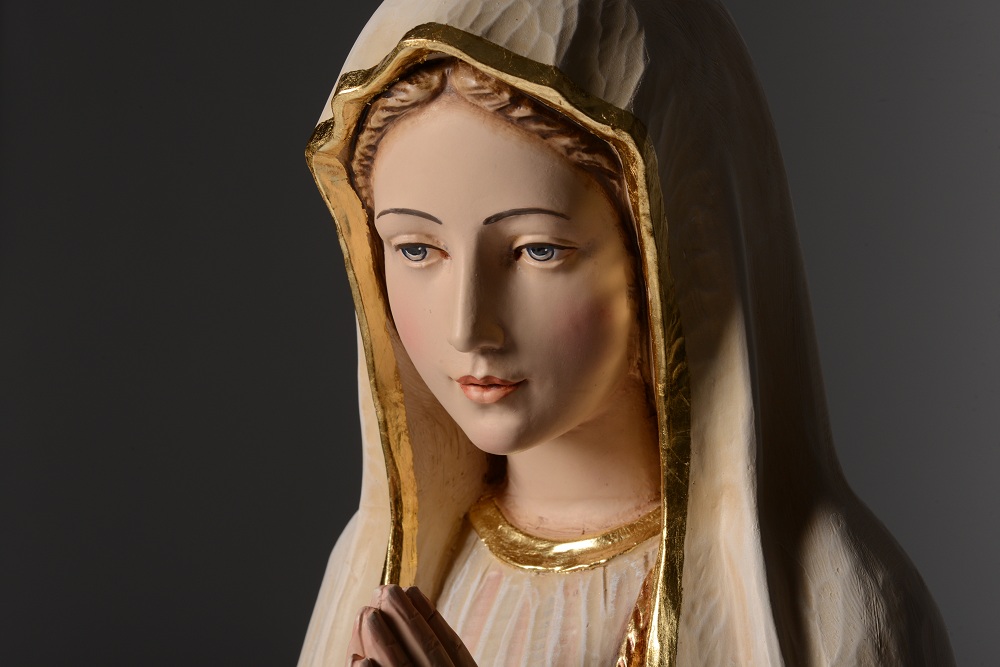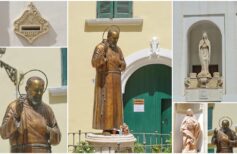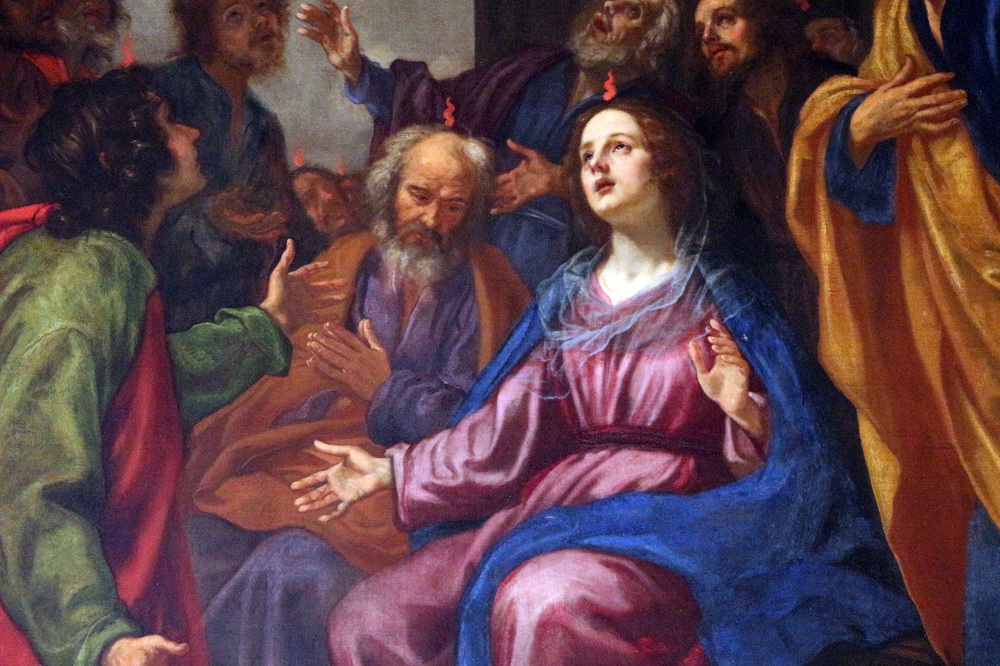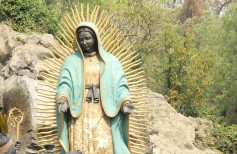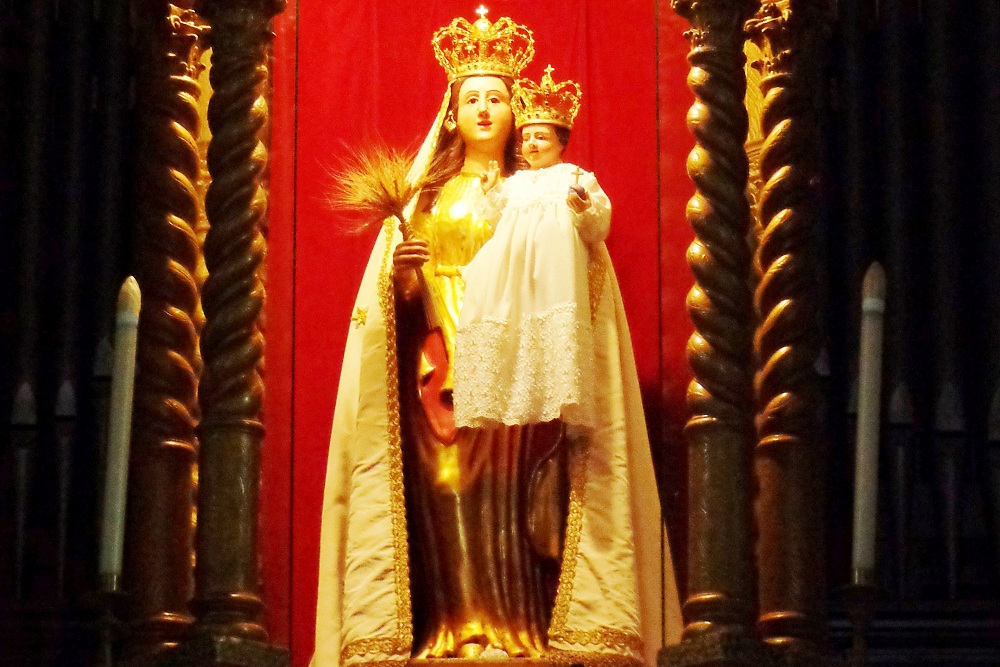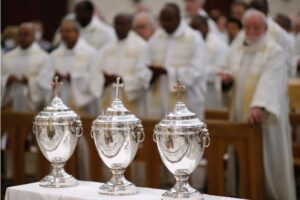With Miraculous Madonna, the Catholic Church defines a miracle that took place in the Church of Saints James and Philip in Taggia, in the province of Imperia. Here, in 1855, while the population was gathered in prayer, the faithful noticed the eyes of a plaster statue of the Madonna prodigiously turning and the face taking the color of a person alive and in the flesh. There were many witnesses who saw the movement of the eyes and the change in the face of the Virgin. The phenomenon repeated itself several times, in the following days during vespertine functions, leading to the recognition of the miracle by the Pope. It was decreed that the statue of the Miraculous Madonna must be crowned with a golden crown. The coronation was accompanied by religious celebrations and great popular celebrations culminated with a fireworks display. To all the faithful that on that occasion went to church, confessed and took the Eucharist, was granted a plenary indulgence and remission of all sins.
The first miraculous statue of Our Lady was a work of the local sculptor Salvatore Revelli. It shows the Virgin Mary with the heart in her hands and is still preserved in the Church of Saints James and Philip in Taggia, but it is the object of worship and devotion throughout Italy. Graces and mercies are attributed to the Miraculous Madonna over the local population, even in situations of great danger like the Second World War.
The cult of the Miraculous Madonna is linked in some ways to that of the Miraculous Medal (or medal of the Madonna delle Grazie, or Medal of the Immaculate Conception) linked to the Marian visions of St. Catherine Labouré, a novice in the convent of the Daughters of Charity of St. Vincent de Paul, in Paris, in 1830. Again, as in that of the Miraculous Madonna, the so-called “Chapel of the Apparitions” became a place of worship, which is still open to all the faithful and very popular.

